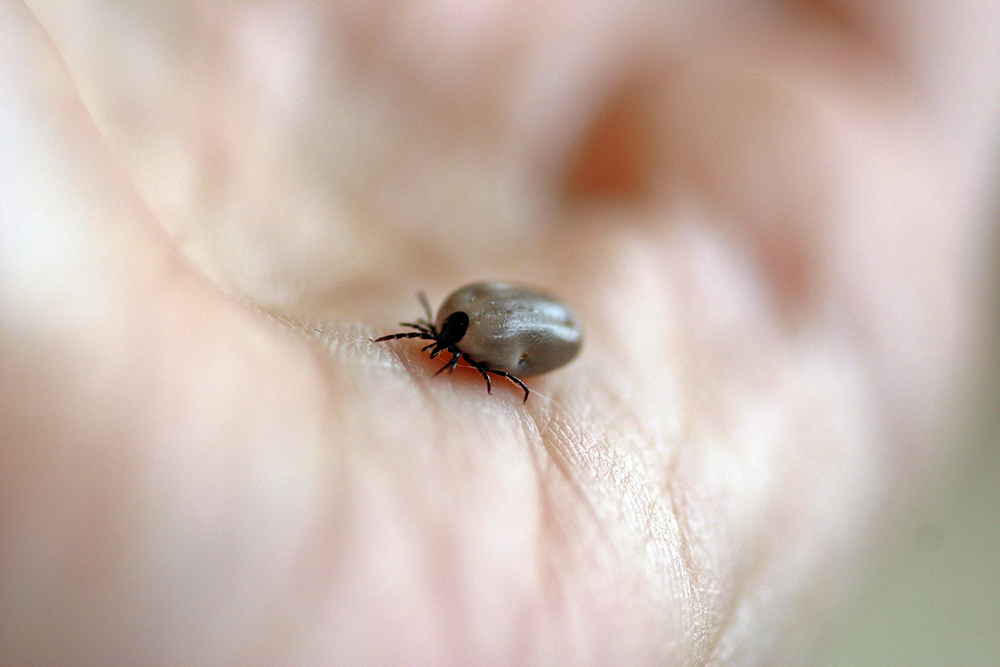
Avoiding tick bites this Summer
Lyme disease is a bacterial infection that was first noticed in the 1970s in the USA as being spread to humans by infected ticks. It is now thought also to be spread by mosquitos and horse flies. People who live or work near woodland or countryside are at greater risk but the disease appears to have spread to city parks and gardens. Pets may carry infected ticks into the home.

Symptoms
Because Lyme infection affects many organs of the body, it mimics other conditions such as Fibromyalgia, ME, Chronic Fatigue Syndrome, MS, Arthritis and Lupus, which is why it often results in incorrect diagnosis.
Common signs of infection include:
- Flu-like symptoms
- Extreme fatigue
- Muscle and join pain
- Fever
- Headaches
- Stiff neck
- Poor sleep
- Poor immunity
- Central nervous system disturbances (such as brain fog, slurred speech and Bell’s palsy)
Prevention
The naturopathic approach to health regards prevention as better than cure. Susceptibility to any disease often depends on individual immunity and with 70-80% of human immunity coming from the gut, it pays to look after your gut health.
Eat a Rainbow
Eat 5-10 portions of organic veg and fruit each day, some protein in the form of legumes such as lentils and chickpeas, organic eggs, meat, and essential fatty acids derived from nuts, seeds, and oily fish. Aim for organic, minimally processed, seasonal and local food.
Ditch processed food
Bin the drive-thru burgers, refined sugars and fizzy drinks. Reduce caffeine and alcohol consumption.

Spice up your life
Cook frequently with anti-inflammatory spices such as turmeric and ginger.
Cover up
Follow practical tips to avoid getting bitten when in high-risk areas: Cover feet, arms and legs with light coloured clothing (so you can spot ticks easily), tuck trousers into socks, avoid long grass and stick to woodland paths and trails. Do not sit directly on the grass, wear gloves when gardening, perform regular tick checks on yourself, children and pets after coming in, and shower immediately. Certain essential oils such as lemon eucalyptus, have been shown to be very effective at repelling biting insects.

Removal
Safe removal of ticks from people or pets is essential to avoid disease transmission. Do not burn, grasp or squeeze the tick, or cover it in any substance which may prompt it to inject infections into the host. Grasp it close to the skin with very fine-tipped tweezers and pull the tick straight out, making sure that the head gets removed – or use a tick-removal tool.
Treatment
A bull’s eye rash, indicative of Lyme infection, may develop within four weeks from a tick bite but not in all cases, so seek immediate treatment from a Naturopath following a bite or bull’s eye rash, as delayed or inadequate treatment reduces chances of a full recovery.
Without fast treatment for Lyme infection, it can become a chronic condition.
For individual help, consult a naturopathic nutritional therapist or herbalist, knowledgeable about Lyme disease, to help guide you through an intense protocol for herbs and supplements, shown to have a previous high success rate with the disease.
If you are interested in becoming a natural health practitioner, attend one of our open events in an area near you.


